If you’re a parent, you know the feeling when it comes to vacation planning. You want to take the kids to someplace that’s fun and exciting, like a theme park, but there’s this little part in the back of your brain that wonders just how safe it is. We’ve all seen the videos or heard the stories of people who have gotten hurt while attending an amusement park or a local fair. So, when it comes to a visit to Silverwood, how do you know that your experience will be a safe one? By knowing that every employee there goes over every safety detail with a fine-toothed comb. Every day.
“I’m very glad to say that we haven’t had any of those headline things. We see those too,” says Sam, Silverwood’s Director of Safety and Training. “It takes a team effort and an attention to detail. This place is basically like a small city. There’s a lot of moving pieces, and I think as a park, we do a really good job of making it clear to each of the cast members here how important safety is to us.”
Sam has been with Silverwood since 2000 when he was just 15 years old. His first job entailed washing trays in the Pavilion area. The next summer, he switched over to the rides department to become a ride operator because that’s where all of his friends were working. It was there that he learned about safety checklists.
“The daily checklists, the weekly checklists, the monthly checks…they all form the backbone of all of the stuff that has to get worked on,” says Sam. Checklists are used all over this small city, from the kitchen staff to the roller coaster maintenance workers “That’s how you get the consistency.”
Danny Wanamaker knows all too well the importance of safety as well. He’s the Rides and Water Park Maintenance Manager who has been with the company since 2014.
“I did construction my entire life, and then I worked in a foundry as well,” says Danny. He came up from California to Silverwood on vacation because his family lives in Idaho. “I thought I’d try for an interview, came in and interviewed. They said, ‘Can you start in two weeks?’ I said, ‘Fine.’ I called my friend, sold my house, and came up. It was scary because I had a good job down there. My wife had a good job, but I wanted to get out and be with my family.”
So far, it’s been a good career choice. But a busy one. His job is to oversee the care of every ride and water park attraction. “I do all of the coasters, everything from Aftershock to the waterslides. I do the Number Seven train too. And I do rolling stock which are the forklifts, the gators. All that fun stuff.”
The best way Danny knows how to avoid an accident is by preventing one in the first place. He and his crew clock in at about 3:30 a.m. every morning. Sometimes earlier. There’s a big checklist to check off.
“Everything is on a schedule,” says Danny. “There’s just so much. Every single ride actually has its own checklist that we go through, and we’ll itemize everything that needs to be looked at every single day so that nothing gets missed.”
Some of these lists are four pages long!
“We go through every restrain. We check every single seat. If one has even a little fray in it, we’ll trash it.” And those are not cheap. They cost $170 each. There is no part in this entire park that doesn’t get inspected in the morning, even the little “kids rides,” which often have more moving parts than the bigger rides. It takes about six or seven hours to work on Aftershock alone. The crew checks everything from start to finish. Even the undercarriage.
“If it’s not right, it doesn’t go,” says Danny. “We’re not afraid to shut something down if it’s not ready. Cause I’m not hurting anybody’s kid, I’ll tell you that much.”
But it doesn’t end there. Every year Danny and his crew take apart every ride and put it back together again. Again, take Aftershock as an example.
“Every single spindle (which holds the wheel on) comes out. We [go through] every single spindle, every bure, every little bushing. Everything gets a measurement. Everything gets documented. If it’s out of tolerance [according to] the manufacturer, we throw it away and put a new one in. That’s every single bearing on every wheel, and there are 106 wheels just on Aftershock.”
Danny’s crew of 23 does what is called NDT or nondestructive testing, and he does above and beyond what is required. After his crew goes over everything, a third party comes out to do a look-over. It’s expensive, but to Danny, it’s “basically cheap insurance” because people’s lives are at stake. And get this – this crew also works on every waterslide too. Every single one of them.
“They’ve got to go up and check to make sure that there no rough edges, checking every seam, every nut, and bolt, all of the piping, the pumps, we make sure all of our water is within legal limits, and everything is perfect for the guests,” says Danny. “I feel we do more,” says Danny. “I’ve worked with a bunch of people that are at other theme parks and talk to them, and we’ve been pretty detailed with our inspections.”
Even with all of the safety standards, accidents can still happen. From stubbed toes to heart attacks. Anything can happen, and when they do, Sam’s team springs into action.
“Obviously their medical care is the highest priority,” says Sam. If someone is really hurt, Sam will send his security team over for crowd control while one of the park’s two first aid departments looks over their patient. They even share an ambulance with the local fire department for the occasional emergency. The ambulance is actually housed at the park.
“When there is an incident like a guest gets hurt or something like that, I think that we try to use that as an opportunity to show our professionalism and make sure that guests can leave here feeling like we took the situation seriously, giving them the best care that we possibly could in that situation,” says Sam.
Meet The Conductor
 Jeffrey Totey and his wife live in the greater Seattle area and is a freelance writer and owner of Writer of Pop Culture website which focuses on pop culture, movies, TV, theme parks and more.
Jeffrey Totey and his wife live in the greater Seattle area and is a freelance writer and owner of Writer of Pop Culture website which focuses on pop culture, movies, TV, theme parks and more.

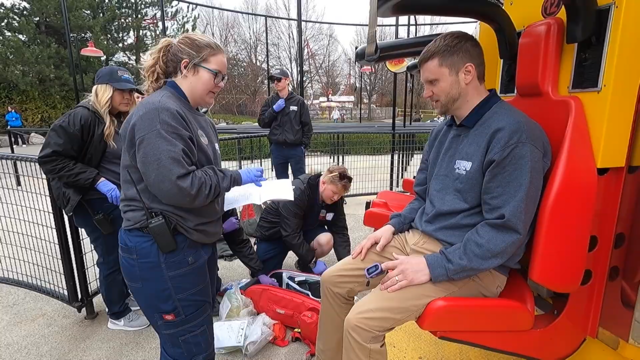
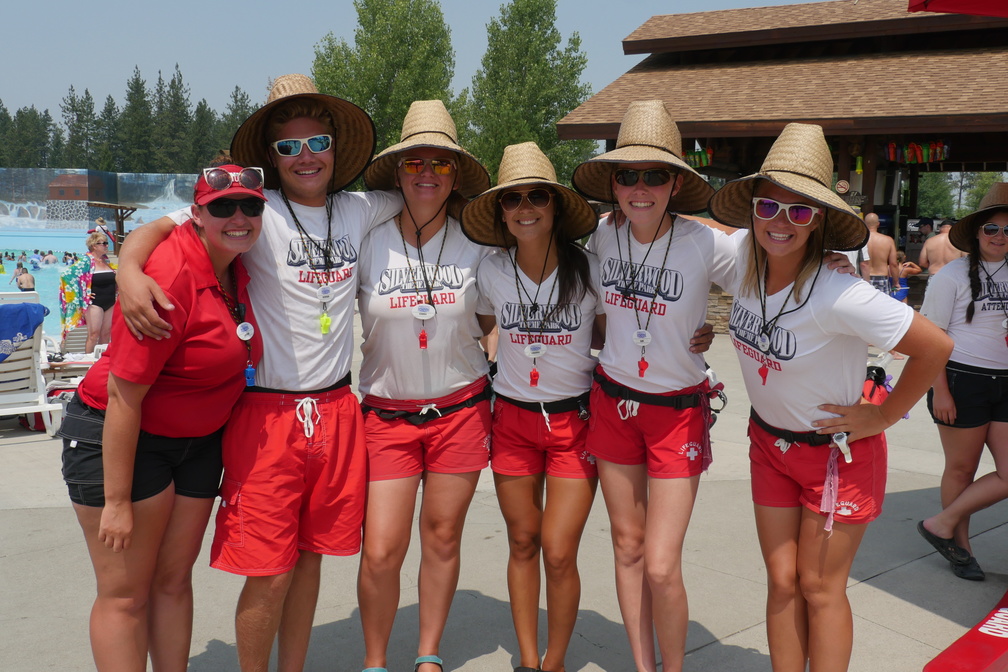
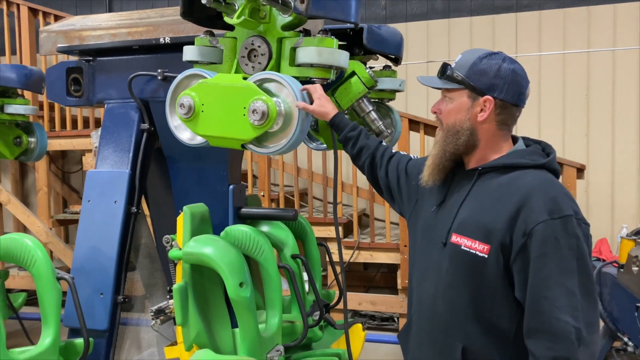
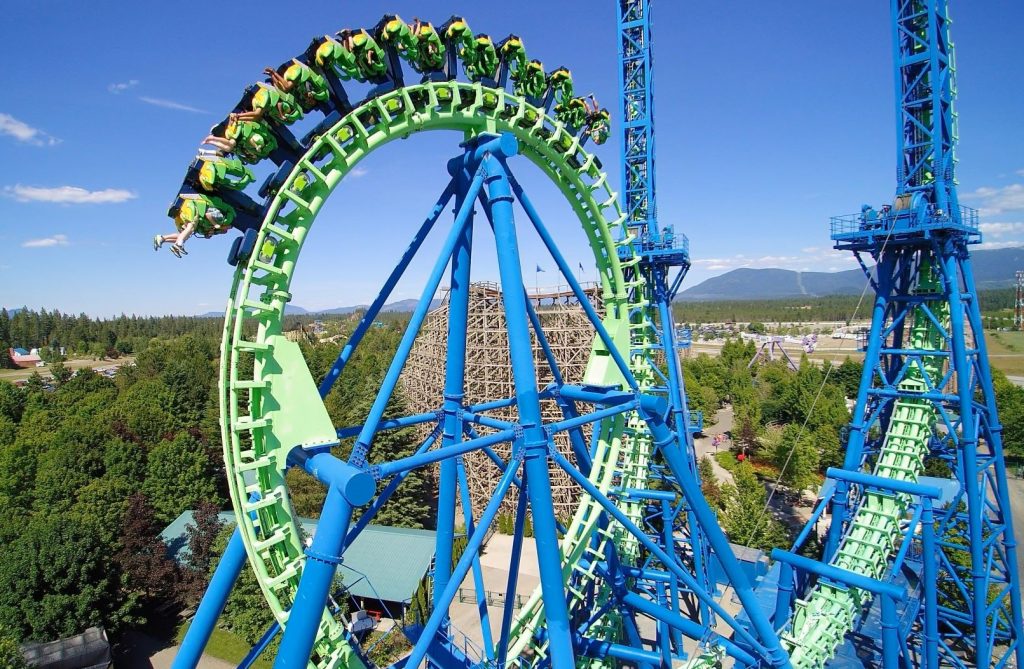
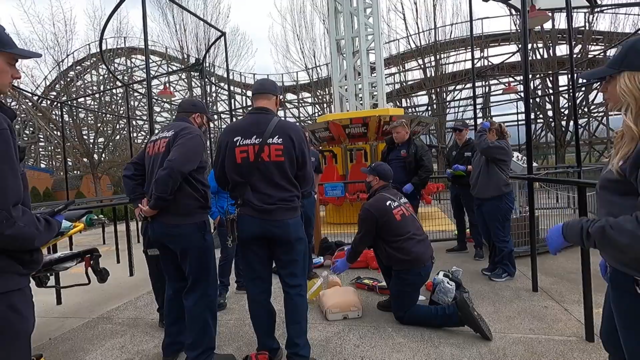
Comments (1)
Super interesting!
Add comment